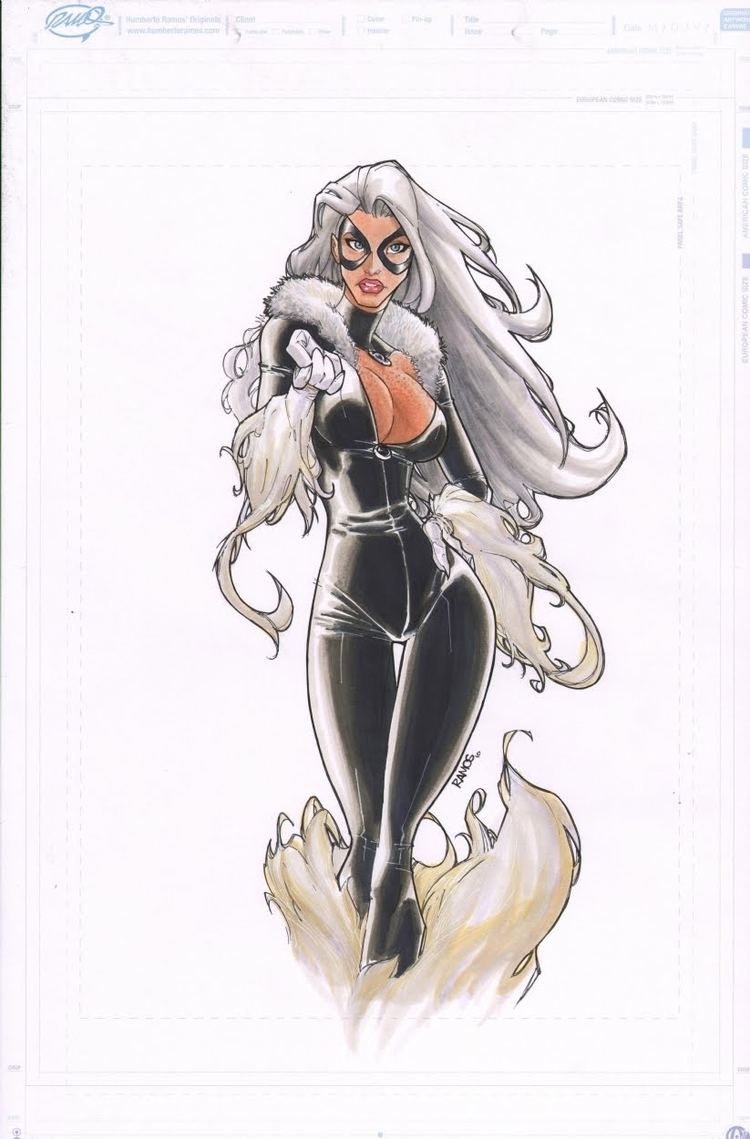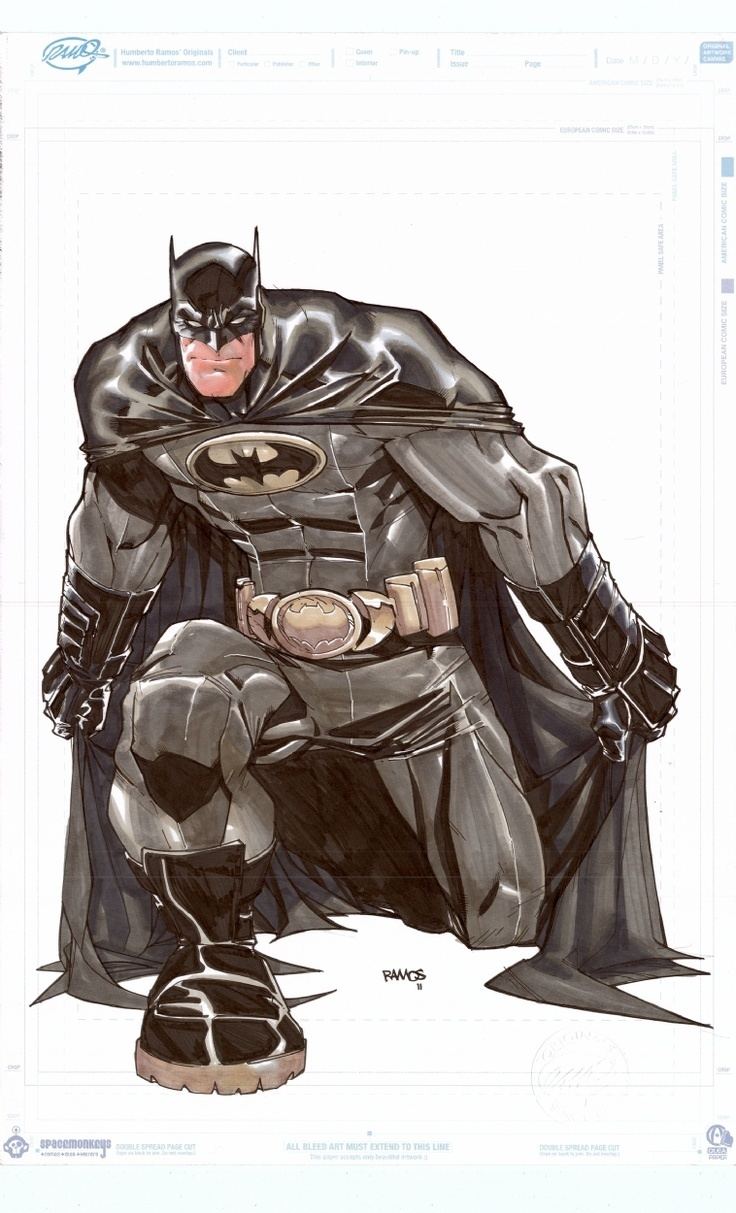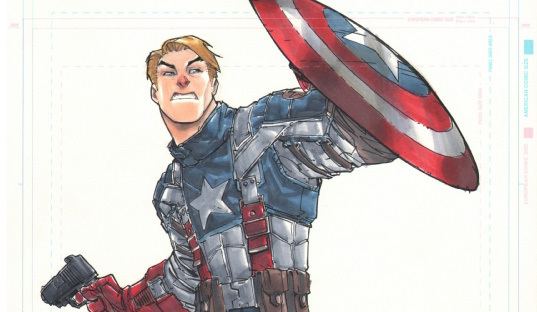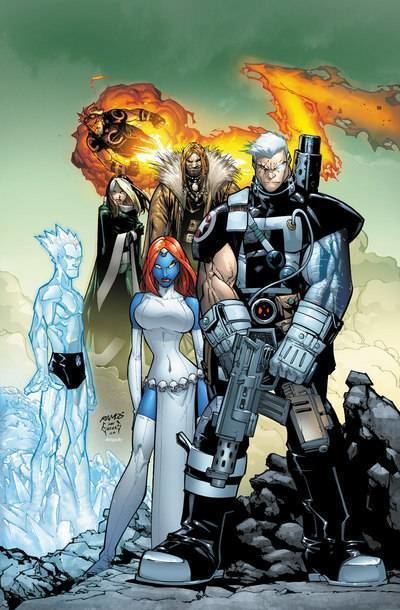Nationality Mexican Name Humberto Ramos | Role Comic Book Creator | |
 | ||
Born 27 November 1970 (age 54) ( 1970-11-27 ) Notable works ImpulseCrimsonPeter Parker Spider-ManThe Spectacular Spider-ManCivil War: WolverineRunawaysThe Amazing Spider-Man Books Spider-Man: Dying Wish, Superior Spider-Man, Vendetta, Crimson, Amazing Spider-Man Similar People | ||
Indieanimator com on location ctn animation expo humberto ramos comic book creator artist
Humberto Ramos (born 27 November 1970) is a Mexican comic book penciller, best known for his work on American comic books such as Impulse, The Spectacular Spider-Man, The Amazing Spider-Man and his creator-owned series Crimson.
Contents
- Indieanimator com on location ctn animation expo humberto ramos comic book creator artist
- Humberto ramos shares spidey stories on marvel live at san diego comic con 2015
- Career
- References

Humberto ramos shares spidey stories on marvel live at san diego comic con 2015
Career

Humberto Ramos began his career in 1989 at Kaboom Cómics. He was later hired by DC Comics as the regular penciller for their Flash spin-off Impulse, which launched in March 1995. Written by Mark Waid, the superhero/teen comedy series focused on young speedster Bart Allen, the grandson of the second Flash, Barry Allen, and his struggles with growing up in an alienated Alabama suburb.

In 1998, Ramos co-founded the imprint Cliffhanger with comic book artists Joe Madureira and J. Scott Campbell. They created the imprint, housed by Jim Lee's Image Comics division Wildstorm, to publish their creator-owned comic books outside the mainstream superhero genre. Both Campbell and Madureira had already built large fanbases with their previous work on Gen¹³ and Uncanny X-Men respectively, and were two of the most popular comic book artists at the time. Ramos, on the other hand, was not as popular and his inclusion on the imprint was perceived as second choice, after fan-favorite Michael Turner declined because he was still under contract at Top Cow. Ramos' first Cliffhanger title Crimson ran for 24 issues and two one-shots, with poor success. It was followed by the fantasy/mystery series Out There, months later. Ramos also began illustrating the covers of Peter Parker: Spider-Man with issue #30 and—beginning with May 2002's Peter Parker: Spider-Man #44—additionally did the interior artwork on the four-issue story arc "A Death in the Family" (later collected as Spider-Man: Return of the Goblin; ISBN 0-7851-1019-4), written by Paul Jenkins.

After his Cliffhanger contract expired, and Out There concluded after 18 issues in early 2003, Ramos left the imprint, apparently not on the best terms, and launched a new Spider-Man title, The Spectacular Spider-Man. The book reunited Ramos with Peter Parker: Spider-Man writer Paul Jenkins and earned him a 2005 Harvey Award nomination as Best Cover Artist. While Ramos worked on Spectacular Spider-Man, another book created by him (although illustrated by Francisco Herrera), the six-issue miniseries Kamikaze, which had originally been planned for 2001, was published by WildStorm under the Cliffhanger imprint.

In 2005, Ramos' creator-owned six-issue miniseries Revelations began publication by Dark Horse Comics.
Following Revelations, Ramos returned to Marvel Comics, joining writer Marc Guggenheim as the new creative team on Wolverine, beginning with issue #42 in March 2006. The same month also saw the release of the first volume of the space opera Kookaburra K, a series of three 46-page comic albums Ramos illustrated for French comic publisher Soleil Productions, written by French comic book creator Crisse.
Ramos worked with writer Terry Moore on Runaways from 2008-2009, and became one of the regular artists on The Amazing Spider-Man in 2010.
